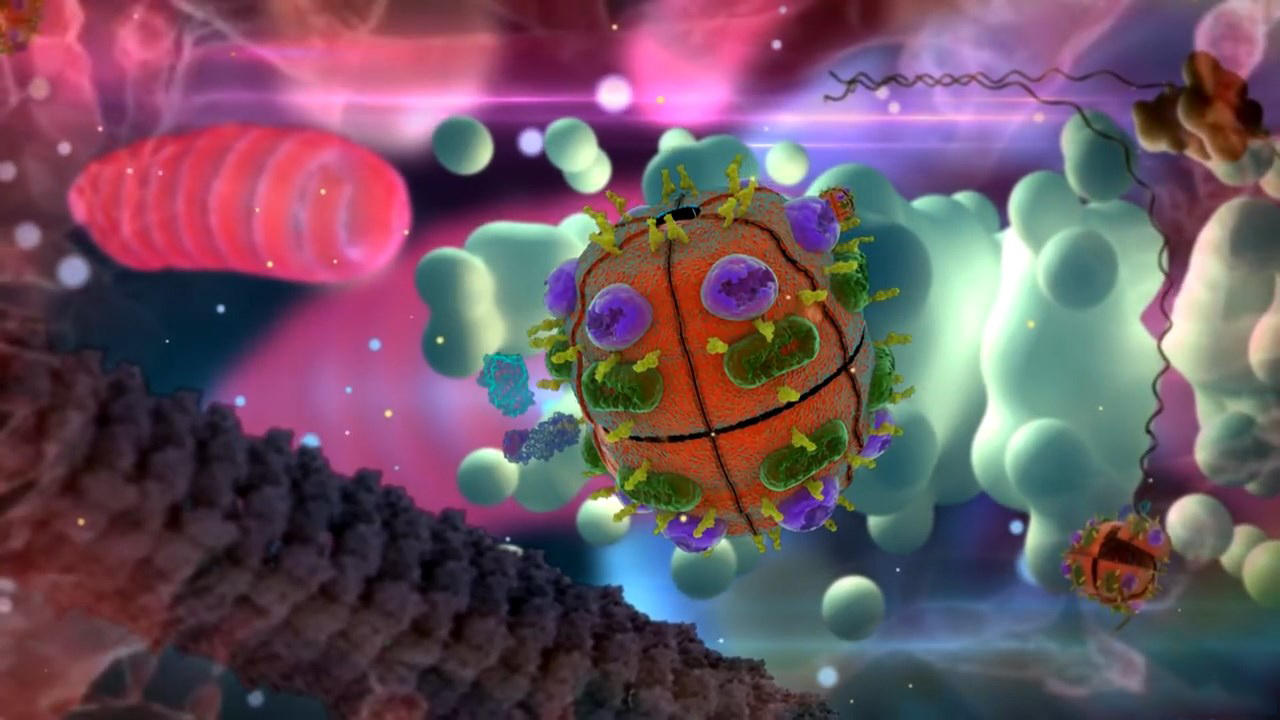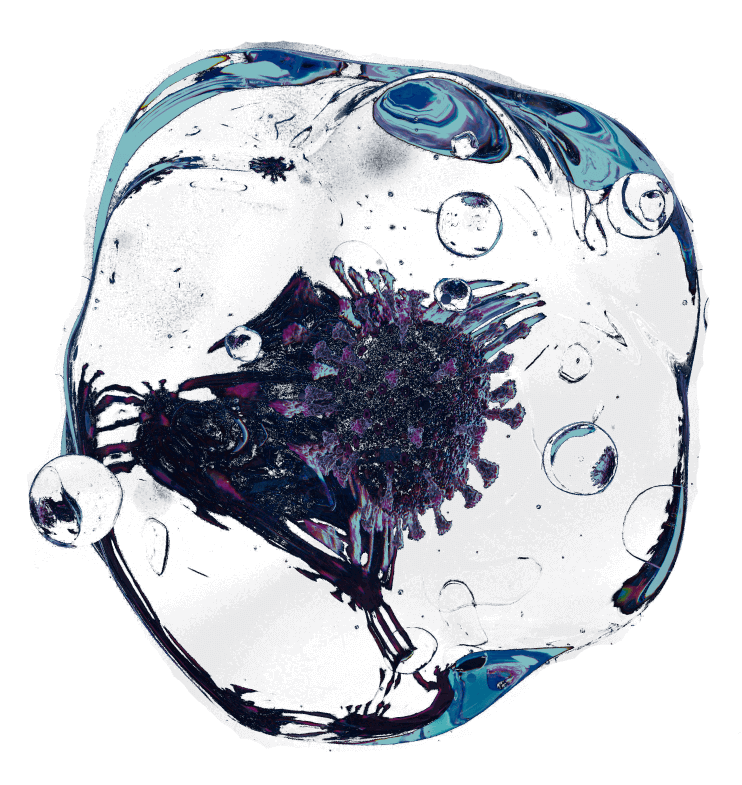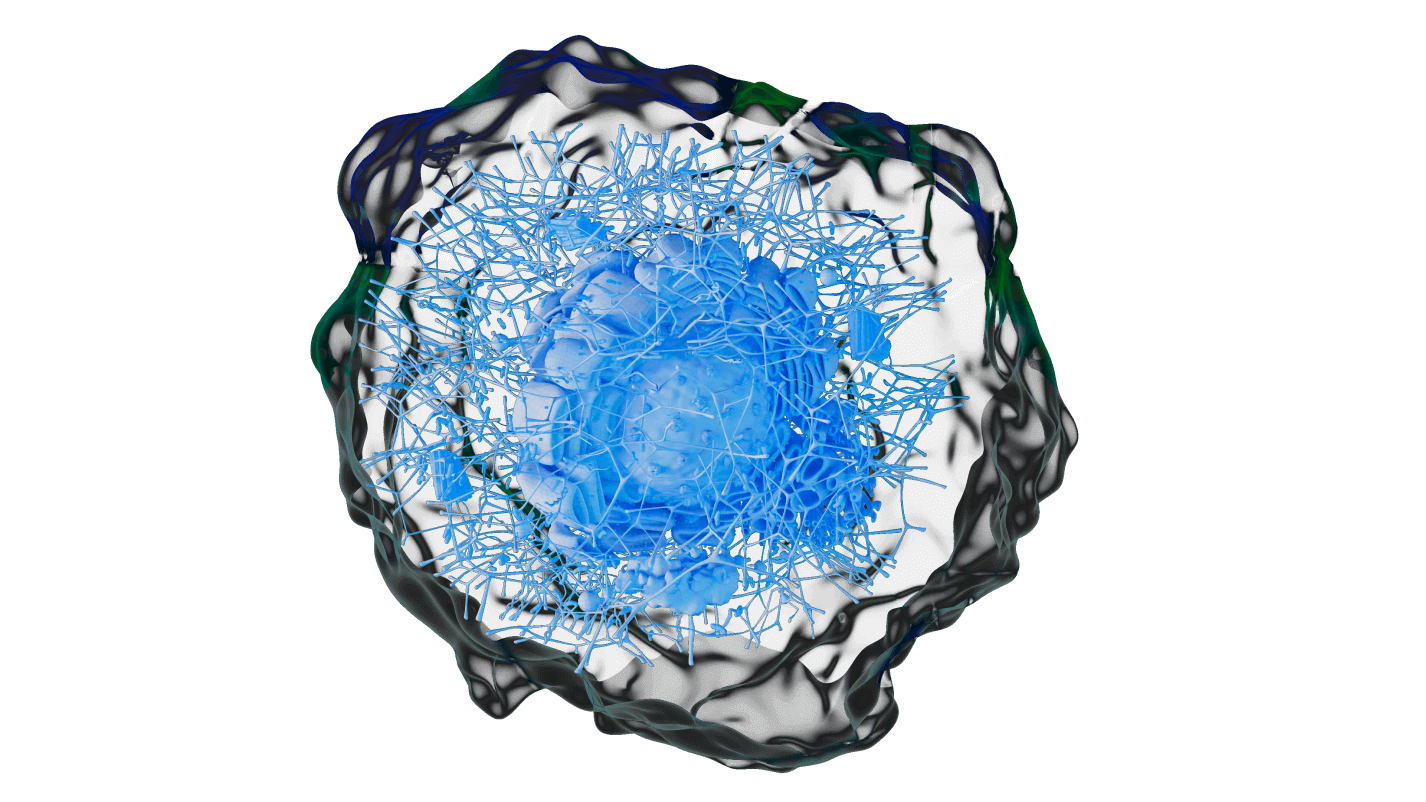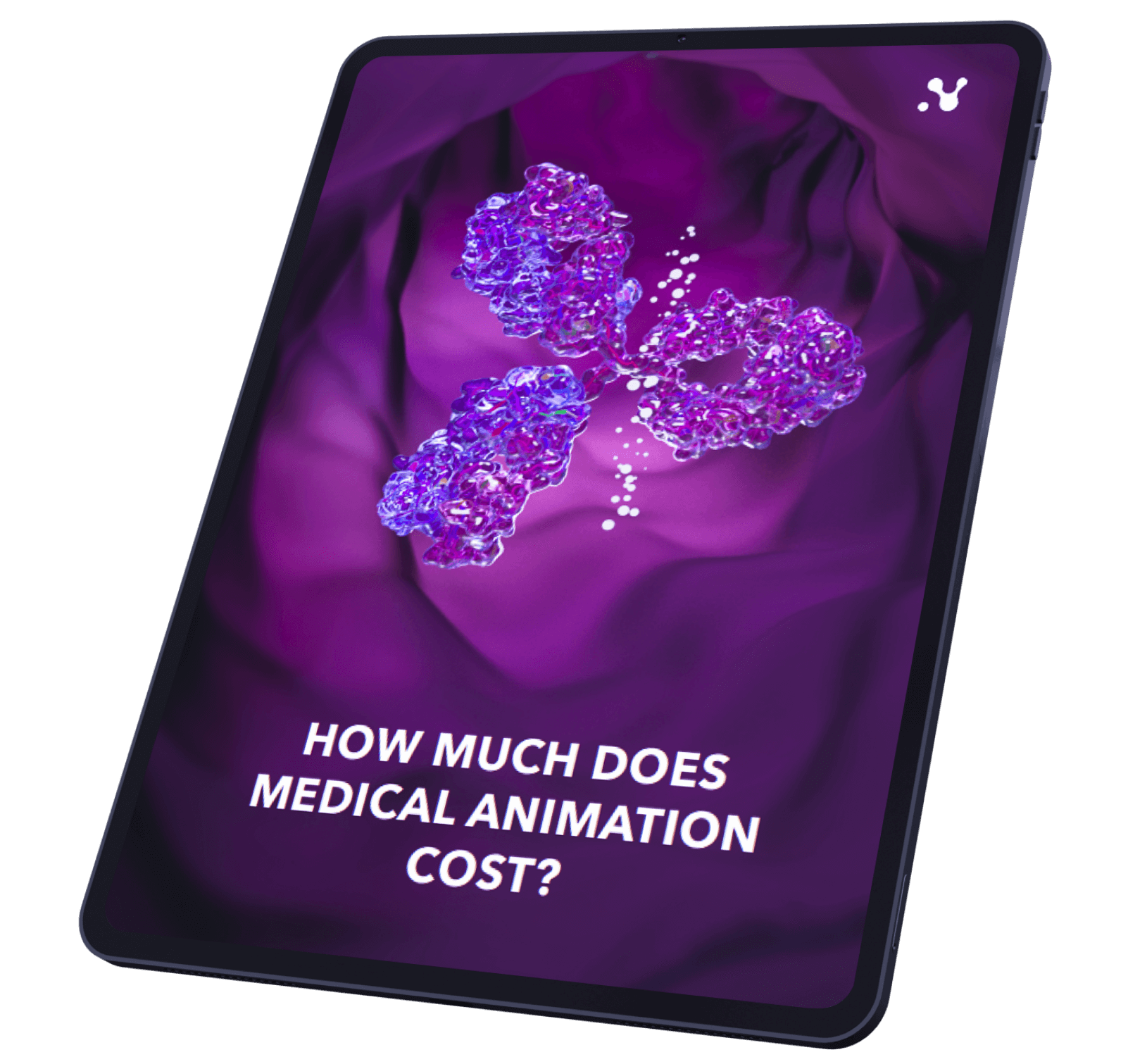Our studio has been called «Nanobot» not without reason. It was our Natural name. For many years, we have been fascinated with nanotechnology and nanorobots or saying simply nanobots. A nanobot is a tiny device designed to perform specific or sometimes precise tasks at 1-100 nm nanoscale dimensions. To give a practical idea of the nanoscale, a ribosome is approximately 30 nanometers, an antibody is about 10 nanometers, and a hemoglobin molecule is about 5 nanometers.
The word “nano” originates from the Greek word “dwarf.” The concept of nanotechnology was first elaborated in 1959 by Richard Feynman, a Nobel Prize-winning physicist, in a lecture titled, “There’s plenty of room at the bottom.” However, there has been significant progress in nanotechnology since the early ideas of Feynman.
We did our first project about nanobots more than 12 years ago. It was about a DNA-repair nanorobot that was supposed to cure genetic defects in DNA by gene replacement. Its concept might look futuristic, but the general idea is still real. The nanobot is supposed to scan nucleotides, seek for damaged fragments, remove invalid fragments, and finally repair the DNA. Gene therapy is a new and rapidly developing area, and maybe one day, nanobots will play a significant role.
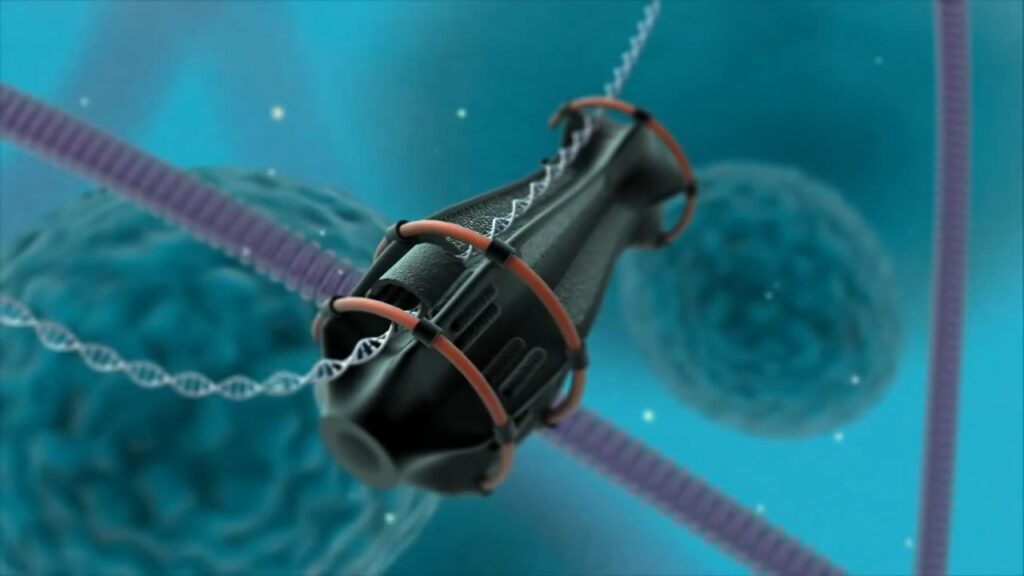
Another idea about future technologies is an antibacterial treatment with nanobots. Let’s imagine a nanobot that can get inside bacteria and heat it to death, not harming any other cells. What does it look like in your mind? Our version of the antibacterial nanobot is a sphere with retractable heating elements, which becomes injected in case of bacterial presence.
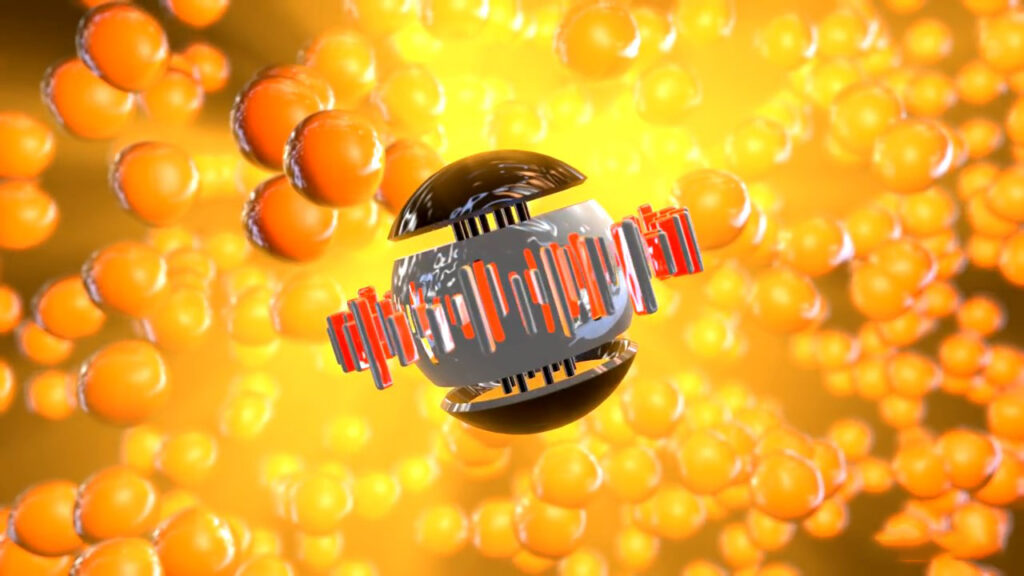
Some nanobots are designed to kill bacteria, but sometimes the bacteria themselves are the inspiration for nanobots’ development. For example, many bacteria possess chemical rotors that enable them to power flagella or cilia, providing corkscrew or beading motions. Such propulsion mechanism has inspired rotating synthetic microrobots, where synthetic helical microstructures, flexible filaments, or tumblers rotate in axis to that of a bacterial flagellum. More than that, some magnetotactic bacteria with attached drug-containing nanoliposomes are used for drug delivery.
Red devil doxorubicin is an intravenous cancer medicine with a bright, clear color, which gave it its nickname. In addition to heart toxicity, nausea and vomiting, and hair loss, doxorubicin can cause harsh side effects. It would be wonderful if we could reduce these adverse effects and deliver the drugs directly to individual cells… Nanobots could help! For instance, a robot-nanocarrier with a diameter of 50 to 120 nanometers could be used. The nanobot is a mesoporous silica sphere stuffed with doxorubicin molecules. The nanocarrier is half-covered with a thin layer of gold, achieving efficient propulsion under near-infrared irradiation. It can move at an ultrafast speed, up to 950 body lengths per second. In addition, the nanocarrier has excellent cell and tissue penetrability and on-off controlled release ability based on the surrounding environment. As a result, the nanobot can penetrate deep into the tumor cell by cell, reducing drug side effects.
t would be great if surgeons had micro or nanosurgical tools that could penetrate or retrieve cellular tissues directly from remote locations within the body. We intend to demonstrate a star-shaped microgripper with a size of 700*m today. These tiny medical devices are made of ferromagnetic materials and can be precisely manipulated using a magnet from a distance of up to 10 cm. Once the robot reaches a necessary location, it becomes actuated by mechanical, electrical, or chemical signals, and the microgripper closes, trapping a cell inside. Microgrippers could be used for biopsy and sample collection while they reduce invasive surgical procedures performing tissue biopsy. Investigate with us how a microgripper captures its prey in AR.
It is expected that nanobots will circulate through our bodies in the near future. However, they still need to be developed before becoming routine devices for diagnosing and treating diseases. Nanobot Medical Animation Studio is always eager to work on new projects related to biotechnology and nanotechnology.

